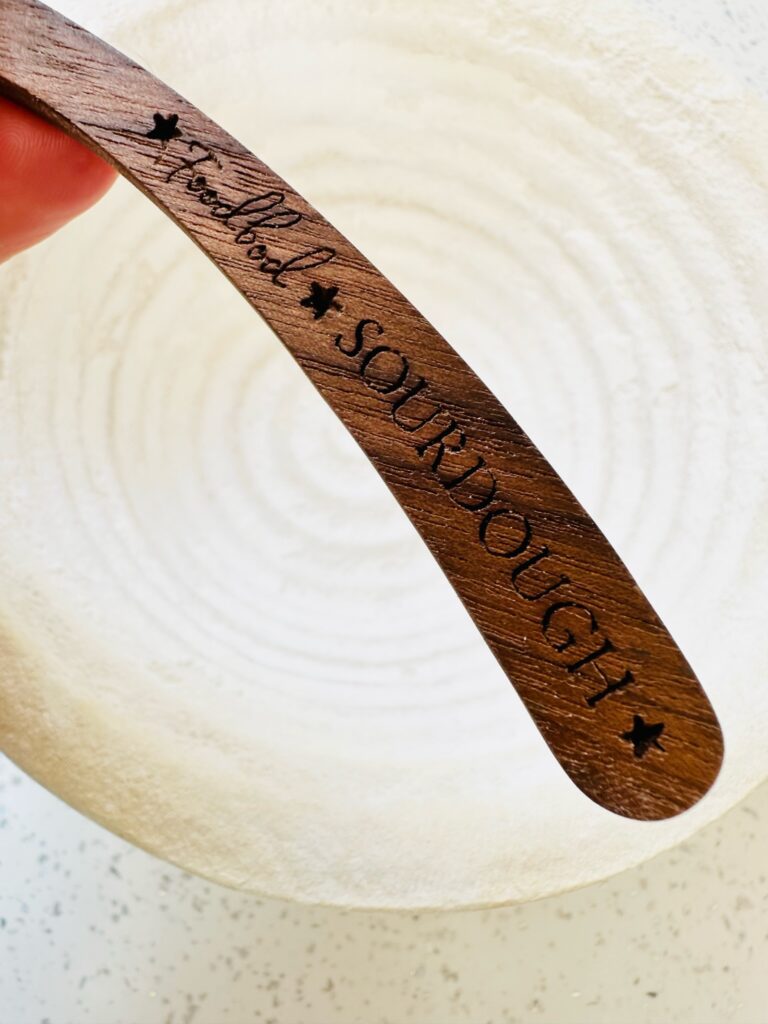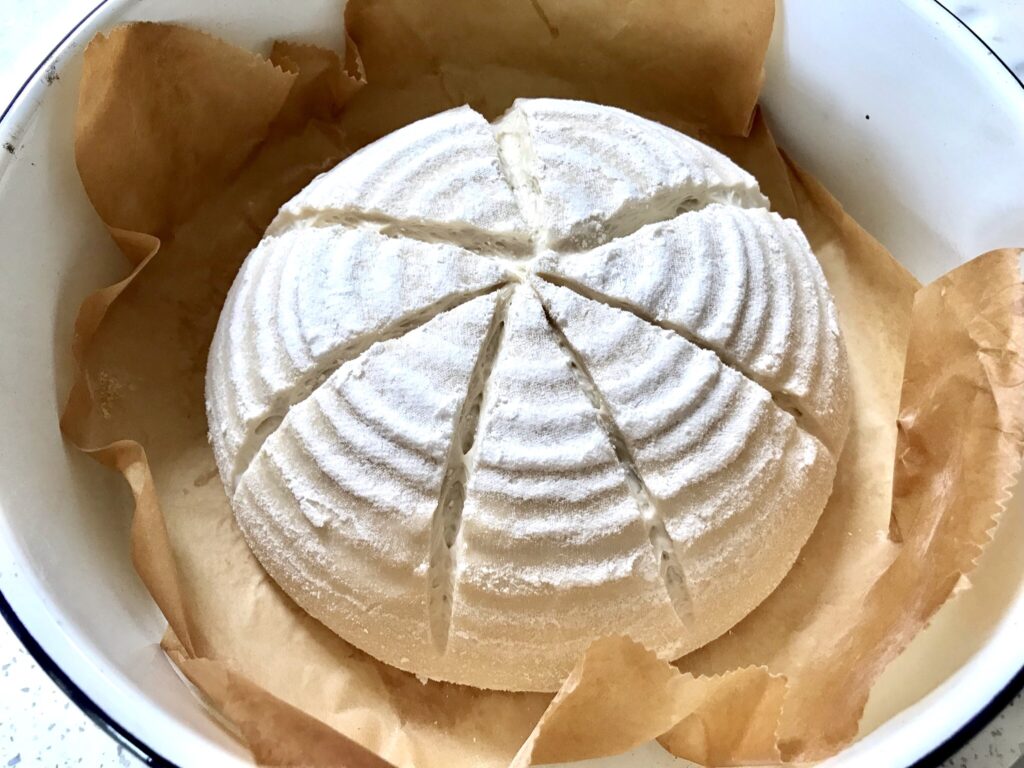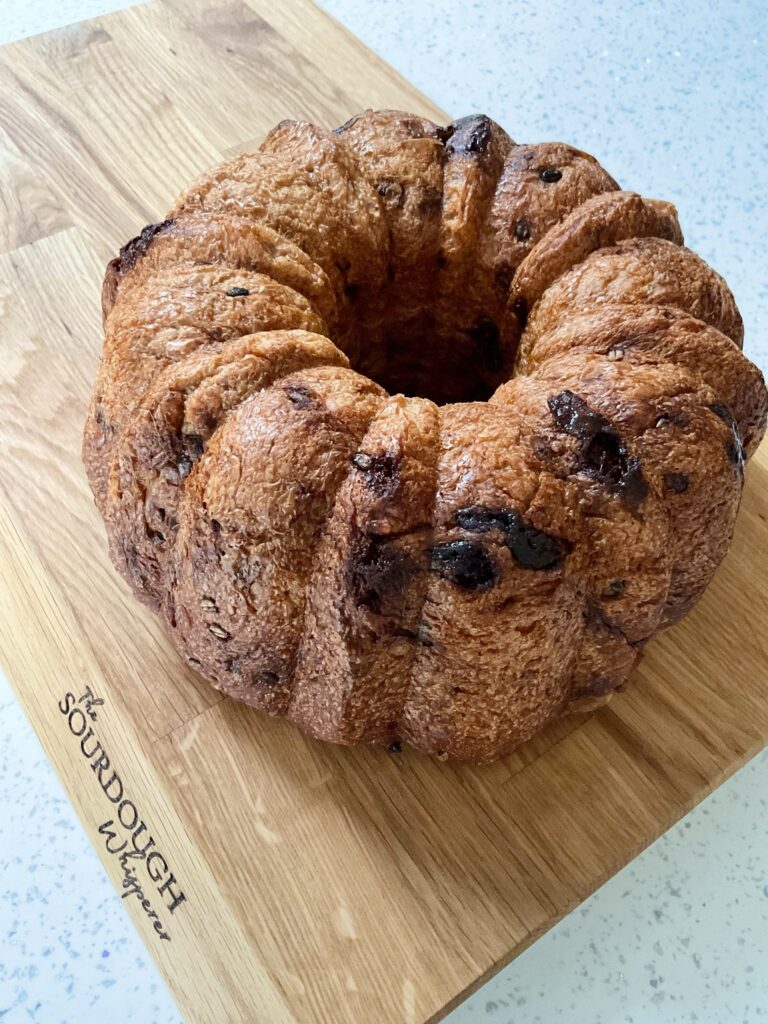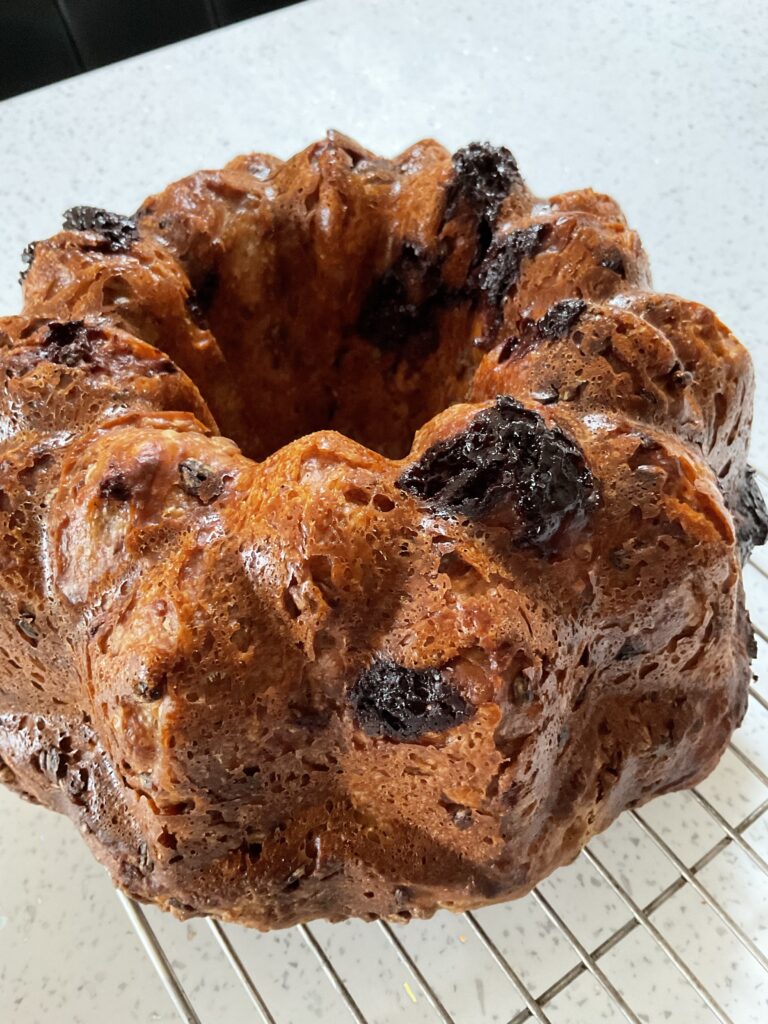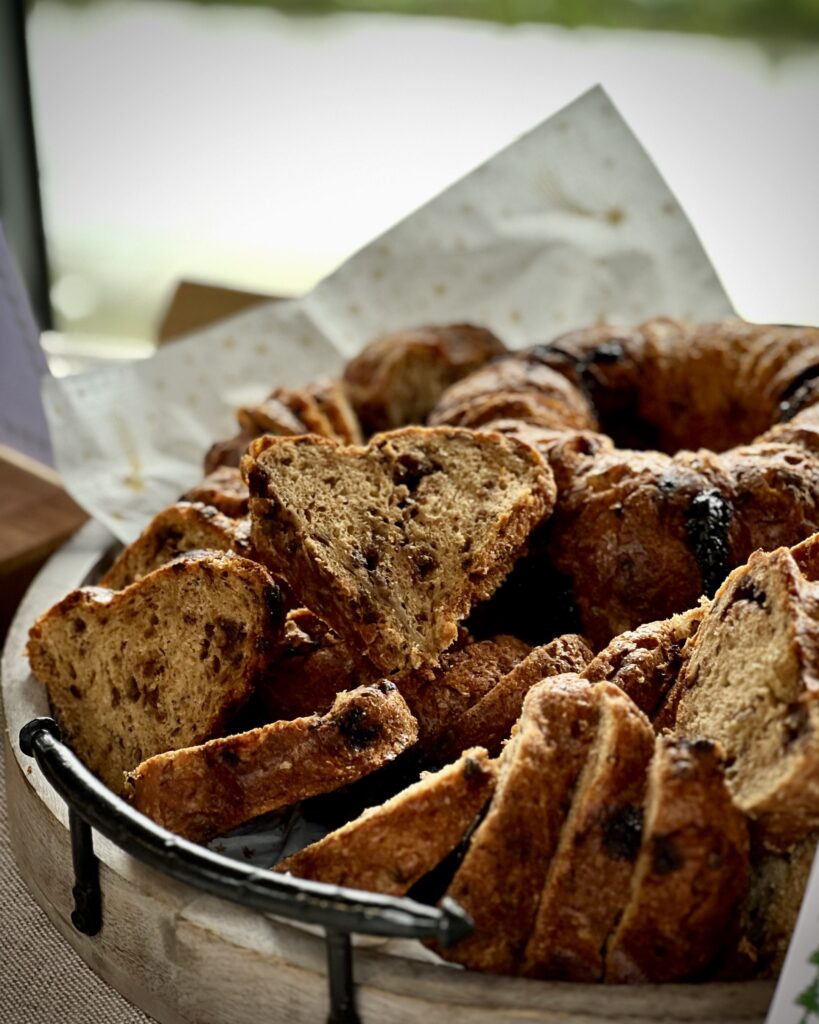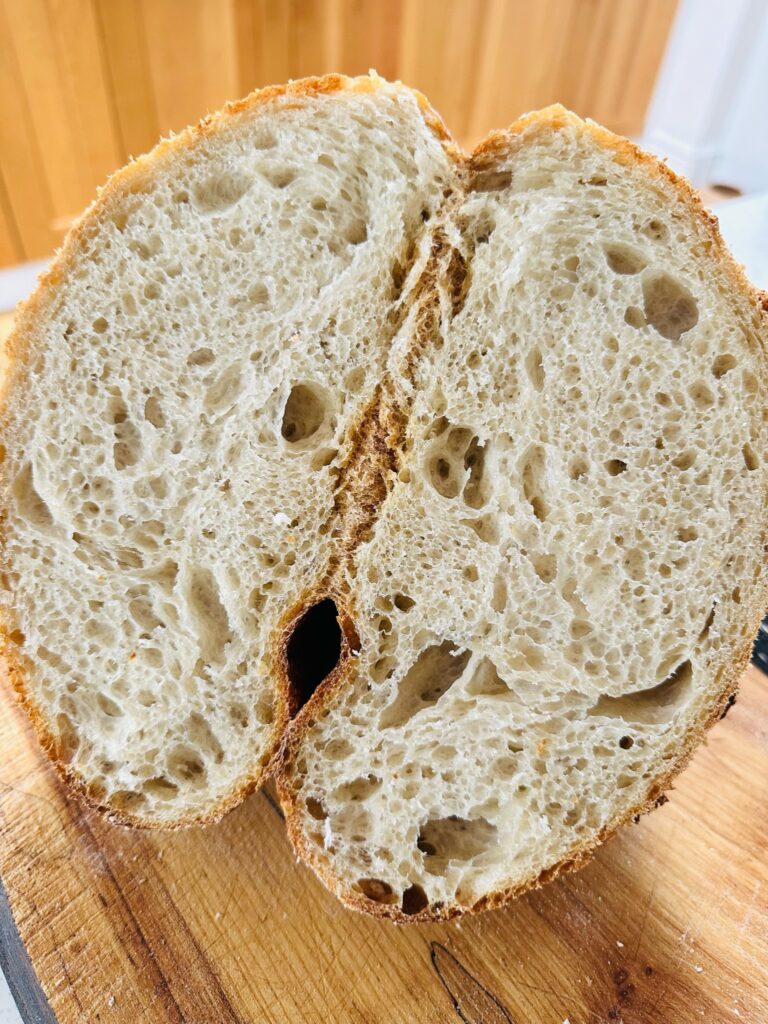
This loaf was made using my master recipe with the first mixes done in my KitchenAid mixer. The details below explain how I made it for anyone that would like to, or needs to, use a mixer when making my recipes.
Sourdough can be made in many ways, I love to make mine by hand, but sometimes using a mixer is useful when I have lots of doughs to make, or I want to give my arms a break; as always, there is no mess, no faff, no unnecessary steps with my process. Just simple straightforward steps.
You can use any size of KitchenAid mixer, I used my tilt head one to make this loaf, using the dough hook and the stainless steel mixing bowl that comes with the mixer, and baking in my usual enamel roaster.
PLEASE NOTE: if you are in the UK the amazing people KitchenAid UK have given me a discount code ELAINE15 to share with my bakers.
This code provides a 15% discount across the site and is valid to 31st December 2023 (perfect for Christmas shopping!). Please note that there are a few products excluded from this offer.
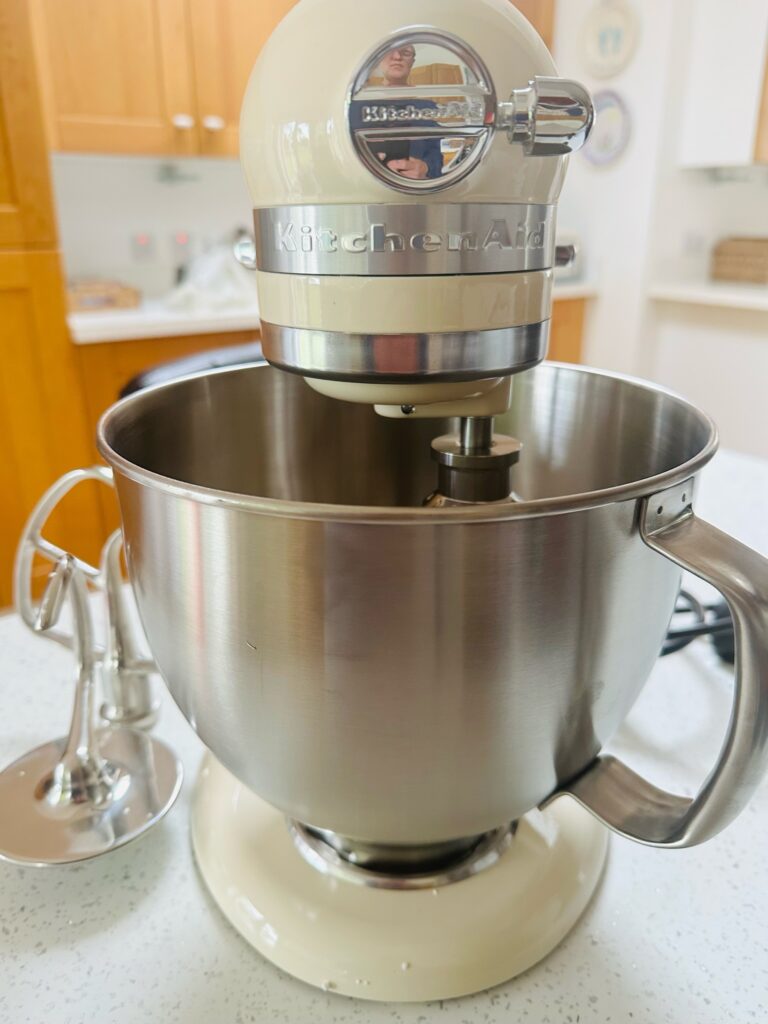
This is what I do:
*I use my standard master recipe: 50g starter, 350g water, 500g flour, salt
*I mix the ingredients in the standard stainless steel bowl with the dough hook on setting 1 for 4-5 mins.
*I take the dough hook out and place it in a covered bowl in between uses so that the dough does not dry on it.
*I then cover the bowl and let it sit on the counter for 1.5-2 hours, I then mix it again using the same dough hook on setting 1 for 3-4 mins. I cover the bowl again and let it sit.
*After an hour I perform a set of pulls and folds on the dough with the dough still in the mixer bowl. I cover the bowl again and let it sit.
*Before going to bed I do another set of pulls and folds then cover the bowl again and leave it to prove overnight.
*In the morning, with the dough still in the mixer bowl, I pull the dough into a tight ball and place it into my usual banneton. Covered it and put it into the fridge.
*After a few hours, I turn the dough out into my usual enamel roaster pan, scored, put the lid on and bake at 220C/450F fan/convection for 55 mins from a cold start, with the lid on the whole time.
*And the lovely loaf above and below is the outcome.
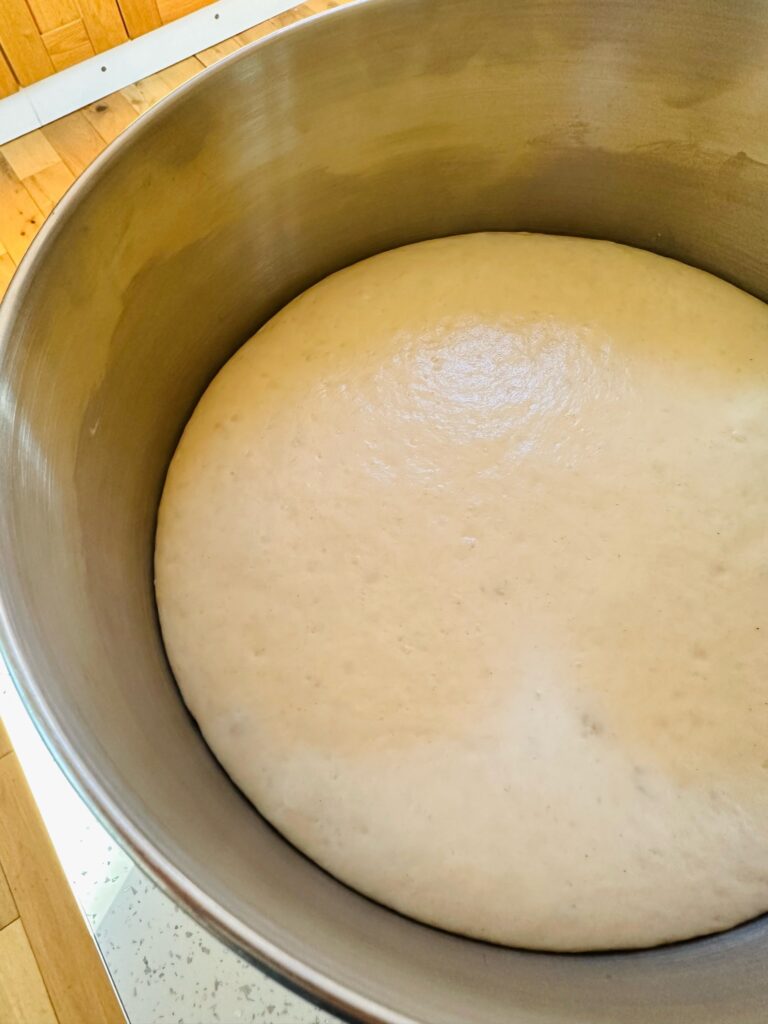
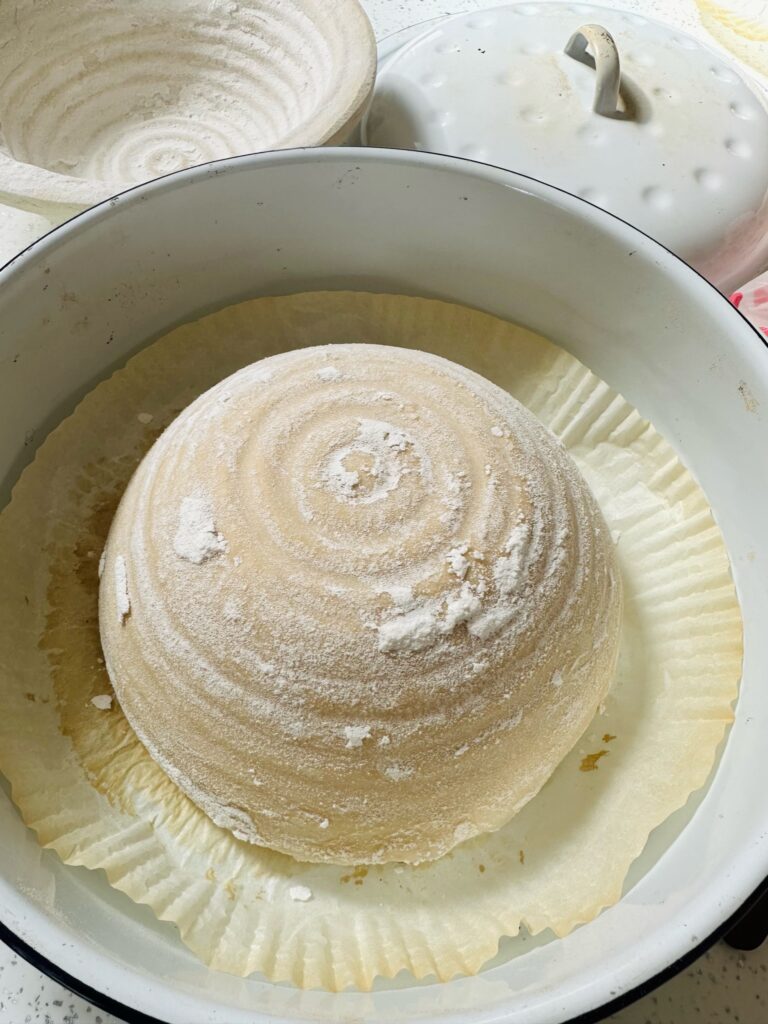
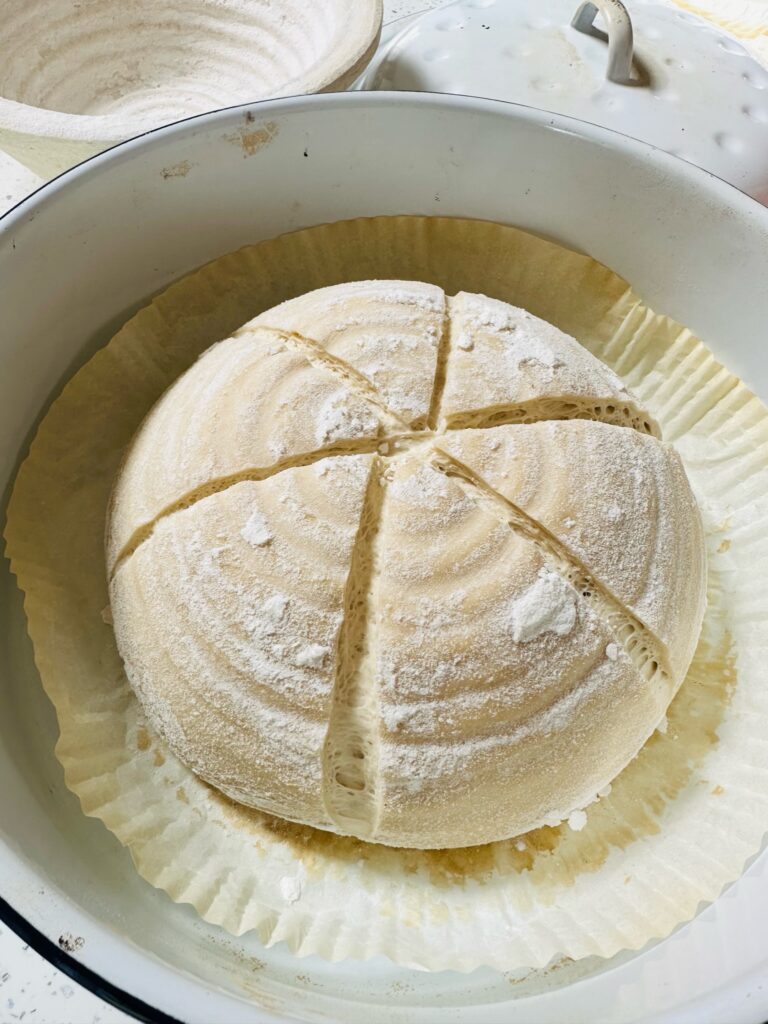
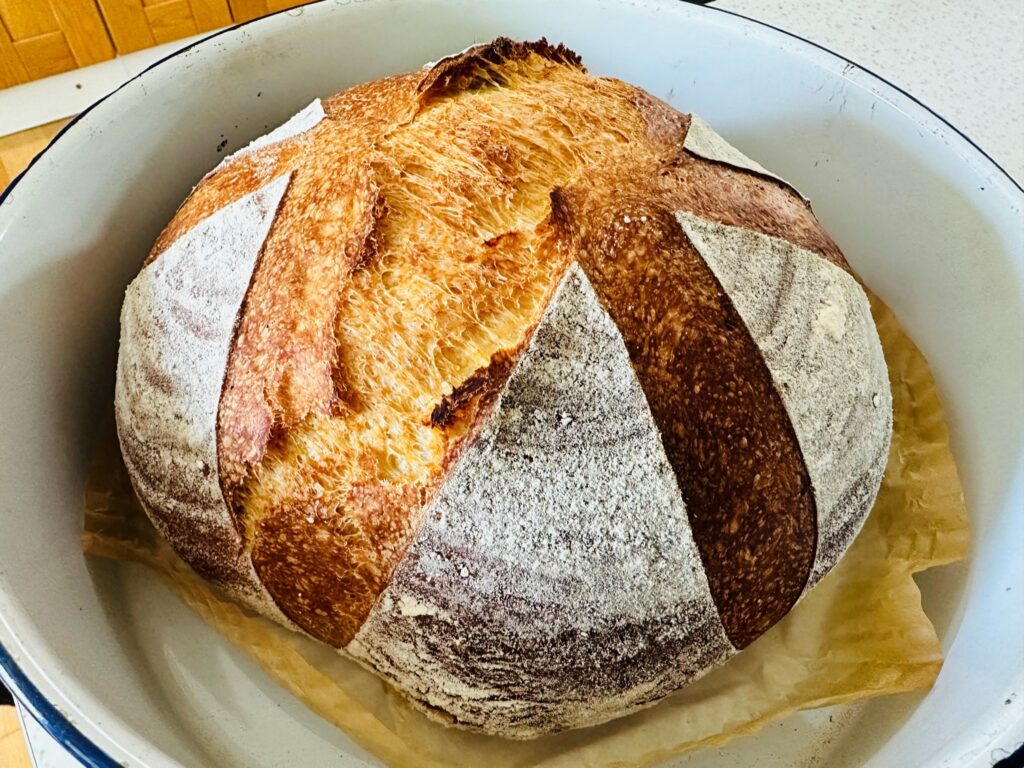
I made this loaf using my KA with the standard size 4.3l bowl. I also have a larger sized machine with a 4.8l bowl which is perfect for making 2 doughs at once and still all staying in the bowl the whole time, the double batch fits in it perfectly for mixing and proving. Or you can use whatever mixer you have.
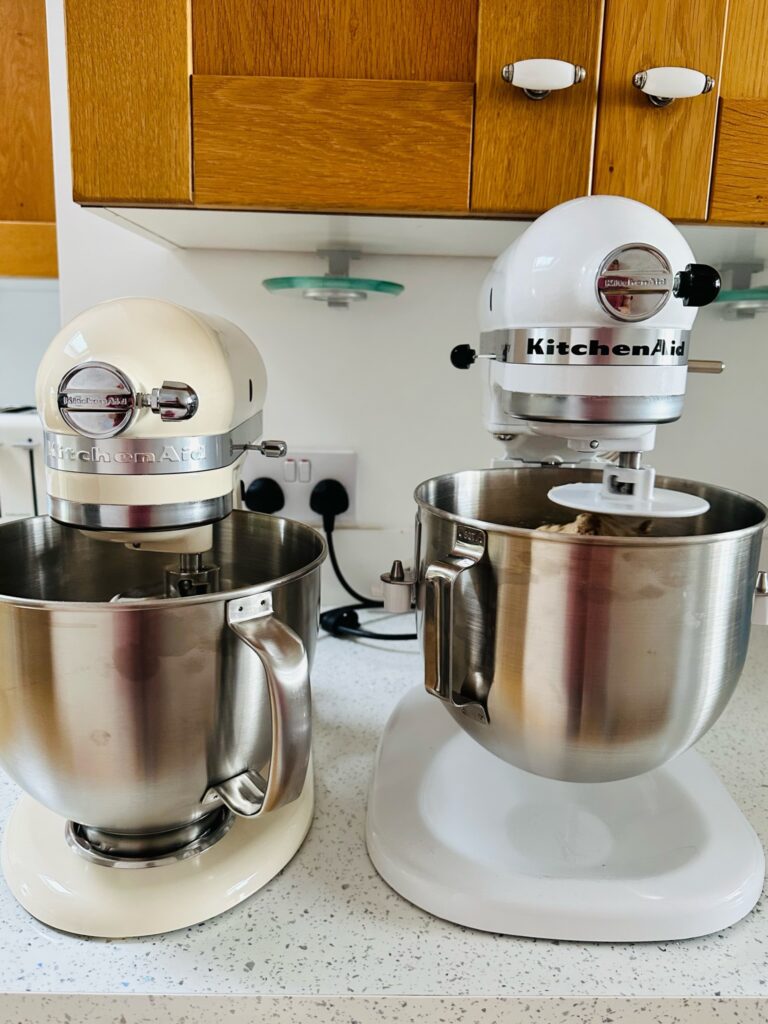
TOP TIP: soak your mixer bowl and dough hook in cold water to soak off any dough, not hot water, it will cook the dough onto the bowl.
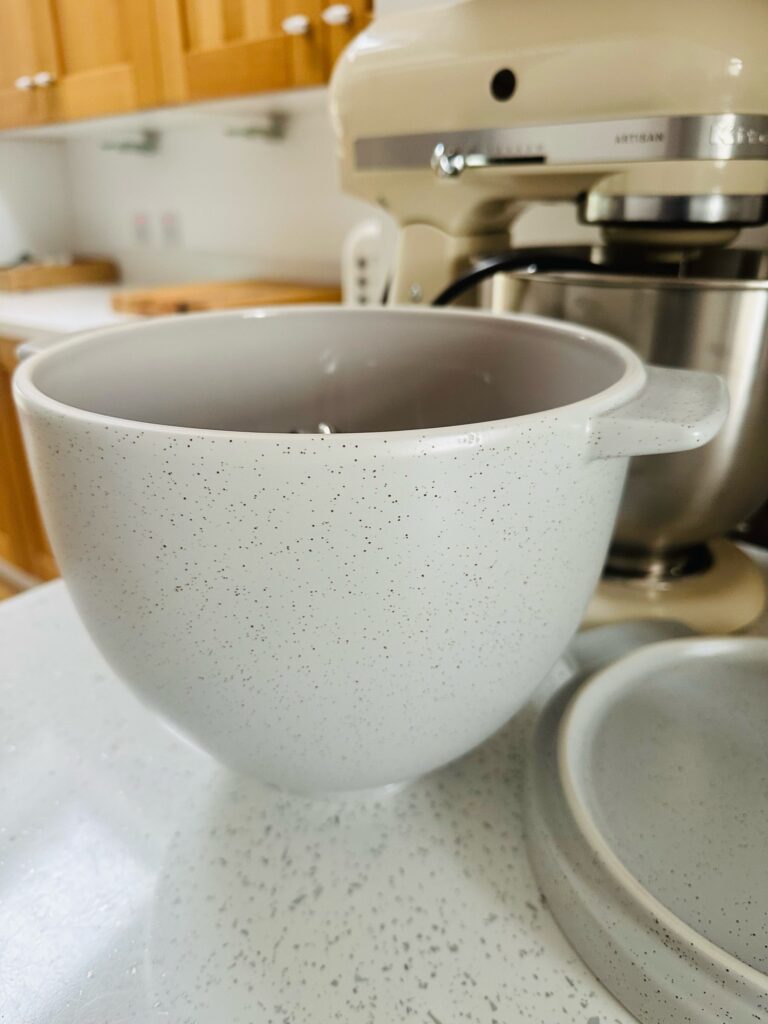
I also tested using the KitchenAid Bread Bowl with my master recipe and it works well!

The ceramic finish is lovely, the dough does not stick at all, there are lines etched on the inside that are a very useful guide, AND once the dough has been proved in the banneton and in the fridge for a while, you turn the bowl over and bake in it. It works PERFECTLY from a cold start, and the size encourages a beautiful round loaf.
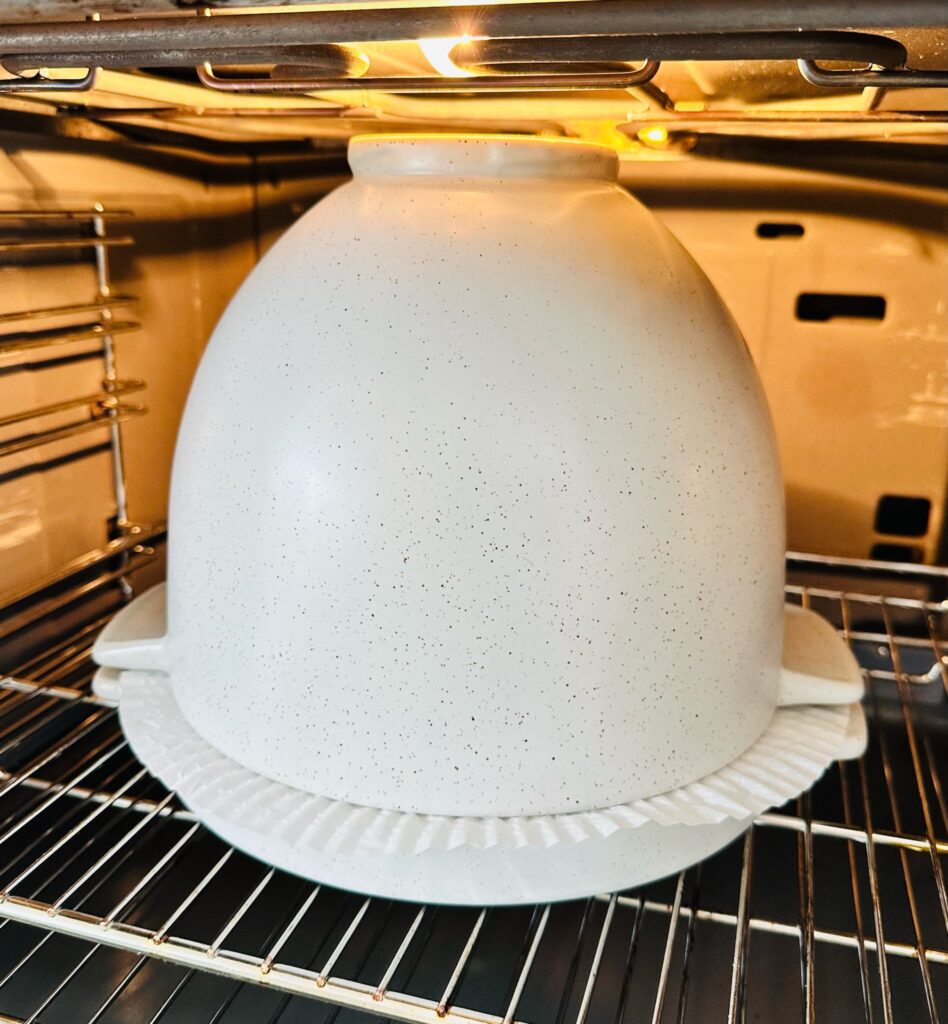
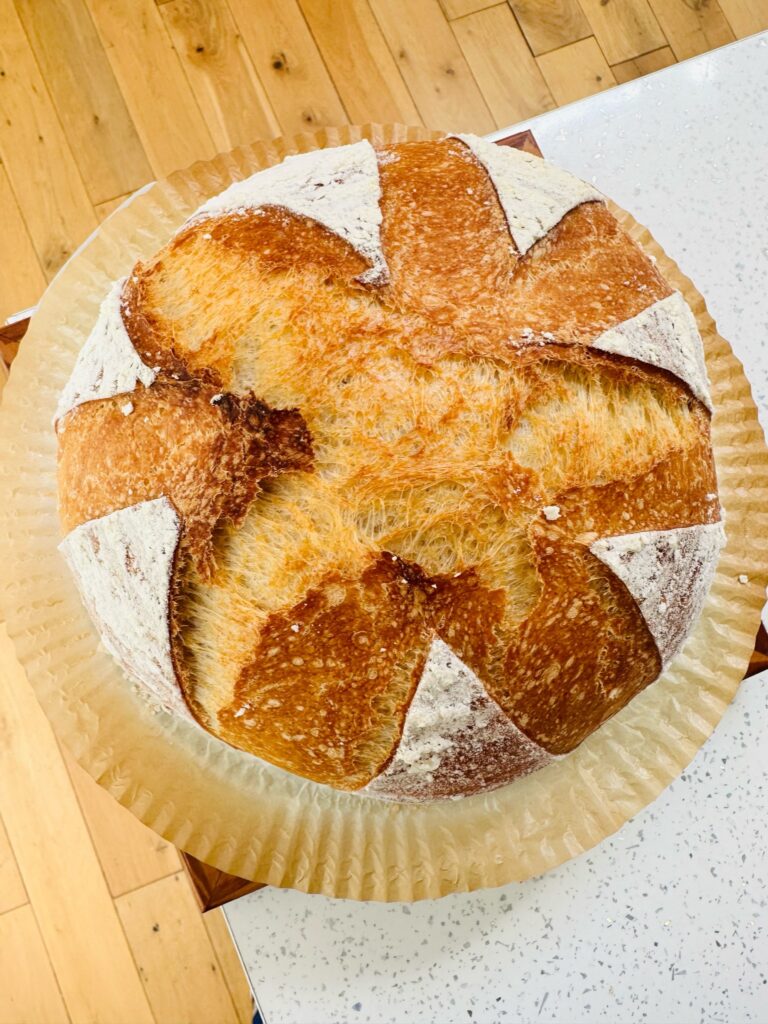
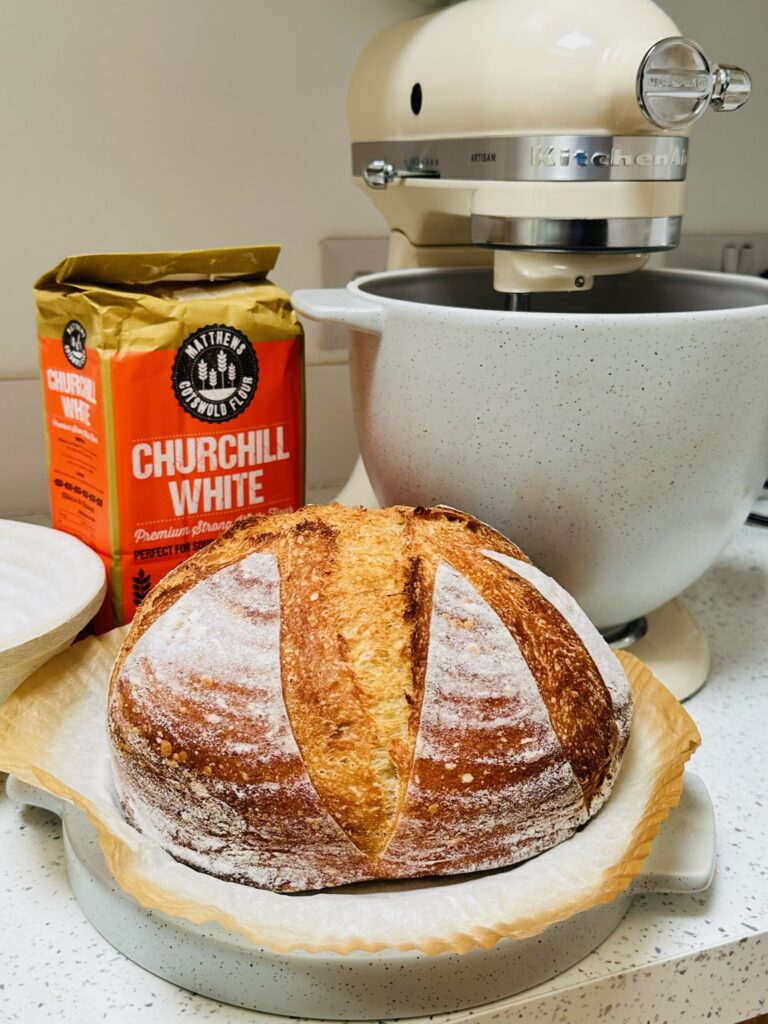
AND I used my brand new Foodbod Sourdough lame to score it.

